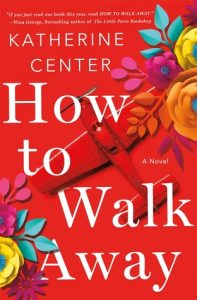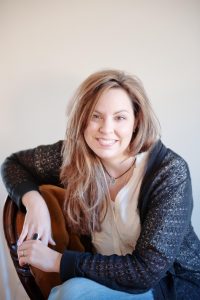
I met Kimberly through Bloom, the Facebook group for Tall Poppy writers and their readers. If you’re looking for reading material, this author collective has writers of many genres and styles. Since I love speculative fiction, I asked Kimberly for an interview and she graciously agreed to share a little peek into the magic that is writing. Enjoy! And join Bloom if you’d love to a part of a community of stories and supportive human beings.
Describe your writing process—schedule, environment, inspirations—and everything you do as an author beyond writing.
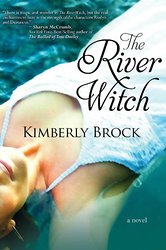
Almost always, I start with a place, because setting is so important in my writing, and a problem. I love the peculiar or unexplained. Outliers and underdogs are always my favorite characters and often a voice comes to me with a line or two of dialogue or narrative that will send me off to learn that person’s story. In fiction and in real life, I can’t stand not knowing why. I’m a bloodhound for the whole story.
In terms of my writing day, I’m not a morning person, so I usually work during the late morning and through lunch while my kids are in school. When I’m drafting a story, I can write through the day without realizing the hours have passed. I love research and I have to be careful I don’t get lost in it. I often go through many drafts of a novel before I find the real heart of what I’m trying to say and that means it takes me quite a while to complete a book. Luckily, I have an agent who encourages me to dig deep and likes being part of my process.
When I’m not writing–and trust me, I’m always writing–I spend my time with my family. I have three children–a daughter who is entering college this fall, a son who is a rising senior in high school, and a second son who is entering fifth grade. We have two dogs–a cairn terrier and a rescue dachshund. My husband and I love to cook and travel, and our favorite spots to visit are Savannah, Georgia, Charleston, South Carolina, and the occasional trip to the Pacific Northwest, where we lived early in our marriage. We’ve been to France a few times and lately we’ve been talking a lot about Cornwall and Wales. Maybe someday!
Walk me through the publishing process from final draft to final product, everyone involved, and what you do yourself to promote your new books.
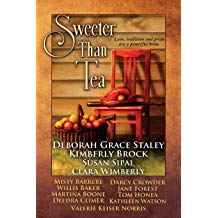 I think my experience in publishing is pretty typical. I spent many years at work on multiple manuscripts, submitting queries to agents and entering contests. I was very lucky to sign with an agent, but I sold my first novel on my own to a small press and it was a lovely experience. My editor and I and a copy editor worked together to get the book in the best shape possible before it went to press.
I think my experience in publishing is pretty typical. I spent many years at work on multiple manuscripts, submitting queries to agents and entering contests. I was very lucky to sign with an agent, but I sold my first novel on my own to a small press and it was a lovely experience. My editor and I and a copy editor worked together to get the book in the best shape possible before it went to press.
After the novel was in the world, I went to work making use of all the networking I’d done over the years prior to publishing–relationships I fostered with generous book bloggers and fellow writers–and I sought out every way I could find to put the book in front of as many readers as possible. The novel won the Georgia Author of the Year award, and I went on a book tour across the southeastern US and visited as many independent bookstores as I could. They are the fairy godmothers of authors and readers!
You are a member of the Tall Poppies author collective. Tell me how that happened and about your support system online and IRL; who are your biggest cheerleaders?
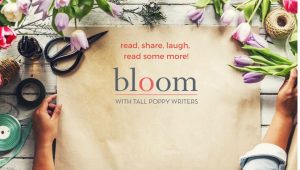 A few years ago, Orly Konig invited me to lead a workshop for the Women’s Fiction Writer’s Association’s first retreat. Over that weekend, I learned about the Tall Poppies from author Kathryn Craft and got excited about the group. I had lunch with Amy Impellizerri before we left the airport and I absolutely adored her, too. I was delighted when they invited me to be a part of this inspiring group of women authors. They are absolutely my support system online AND IRL!
A few years ago, Orly Konig invited me to lead a workshop for the Women’s Fiction Writer’s Association’s first retreat. Over that weekend, I learned about the Tall Poppies from author Kathryn Craft and got excited about the group. I had lunch with Amy Impellizerri before we left the airport and I absolutely adored her, too. I was delighted when they invited me to be a part of this inspiring group of women authors. They are absolutely my support system online AND IRL!
Patti Callahan Henry and Amy Nathan have been longtime supporters and friends. Outside of Poppies, Allison Law, Joshilyn Jackson, Sally Kilpatrick, Nicki Salcedo, Heather Bell Adams, Gina Heron, Reta Hampton, Shari Smith, Marybeth Whalen and Ariel Lawhon have encouraged me so much along the way. Emily Carpenter and MJ Pullen know where all the bodies are buried. There are so many more! I know I’m leaving so many people out.
The short stories on your website evoke your Southern Gothic style; they are a wonderful introduction to your writing. How does your life influence your art—and vice versa, and how did speculative elements find their way into your storytelling?
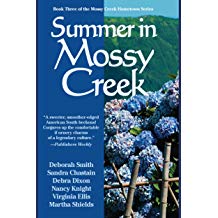 Thanks! The short stories are like little treats for myself that I hope readers enjoy. In them, I allow myself to just play with the magical elements that I love in my favorite stories. My novels aren’t so heavy with magical elements, although they are most definitely present. I love the inexplicable.
Thanks! The short stories are like little treats for myself that I hope readers enjoy. In them, I allow myself to just play with the magical elements that I love in my favorite stories. My novels aren’t so heavy with magical elements, although they are most definitely present. I love the inexplicable.
I think my world view comes through in my writing and my choice to always force characters to examine what they think they believe and especially what they are willing to accept without concrete evidence. I like to challenge black and white ideas and I’m interested in what exists in the gray areas. I grew up and have lived most of my adult life in the South where ghosts and spirits, religion and superstition are a part of everyday conversation. I’m a very intuitive person. I think I could hardly write anything else.
What do you love most about your creativity?
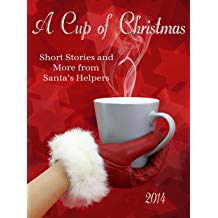 Over the years, I’ve heard so many writers lament a loss of creativity in their lives. I don’t adhere to that idea. I believe that people are inherently creative by nature. Like any other natural ability, we have to be healthy in other areas of our lives in order to function at our best and creativity is no different. There are months when my creativity seems dormant, but it’s easy to know why if I look at other areas of my life–my physical or psychological health.
Over the years, I’ve heard so many writers lament a loss of creativity in their lives. I don’t adhere to that idea. I believe that people are inherently creative by nature. Like any other natural ability, we have to be healthy in other areas of our lives in order to function at our best and creativity is no different. There are months when my creativity seems dormant, but it’s easy to know why if I look at other areas of my life–my physical or psychological health.
The most amazing thing I’ve learned as I’ve gotten older is that the answer to reviving my creativity is engaging in creativity. It’s self-healing. The more I allow myself to be freely creative, the more my physical and psychological health also improve. If I neglect my creativity, everything else goes downhill with it. It’s imperative for a full life.
I started the Tinderbox Writers Workshops, which led to an annual retreat, based on these ideas and my own experiences. Every year, writers meet on the South Carolina coast for a week of inspiration, friendship, writing and transformation. It’s one of my favorite things and truly the most rewarding part of my writing journey.
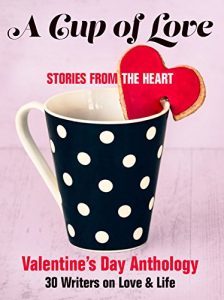
Connect with Kimberly:
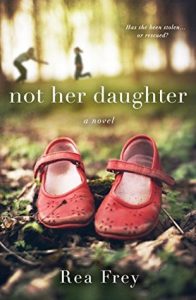 Sarah’s mother resented her existence, never failing to make her aware of the obstacle she is in life of a woman who believes she gave up fame to be a mother. So she may have been primed for kidnapping a little girl whose mother treated her in a similar manner. After a month on the run with the child, with all that entails—lying to friends and family, shifting work priorities, constant fear—Sarah’s conscience shifts. Coincidentally, her own mother contacts her after a lifetime of absenteeism.
Sarah’s mother resented her existence, never failing to make her aware of the obstacle she is in life of a woman who believes she gave up fame to be a mother. So she may have been primed for kidnapping a little girl whose mother treated her in a similar manner. After a month on the run with the child, with all that entails—lying to friends and family, shifting work priorities, constant fear—Sarah’s conscience shifts. Coincidentally, her own mother contacts her after a lifetime of absenteeism.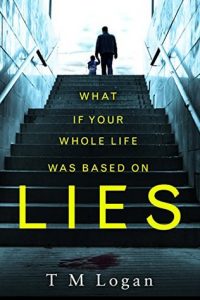 Joe Lynch espies his wife in a heated debate with their friend Ben at a hotel restaurant after his son sees mommy’s car and they follow her to say hi. After she leaves too quickly to follow, Joe confronts Ben, who laughs off his suspicions. His wife explains away the argument as Ben’s obsession with her; then Ben disappears. Suddenly, Joe is being framed for Ben’s murder, seemingly by Ben himself, so that Joe must find the purposely evasive man to clear his name.
Joe Lynch espies his wife in a heated debate with their friend Ben at a hotel restaurant after his son sees mommy’s car and they follow her to say hi. After she leaves too quickly to follow, Joe confronts Ben, who laughs off his suspicions. His wife explains away the argument as Ben’s obsession with her; then Ben disappears. Suddenly, Joe is being framed for Ben’s murder, seemingly by Ben himself, so that Joe must find the purposely evasive man to clear his name.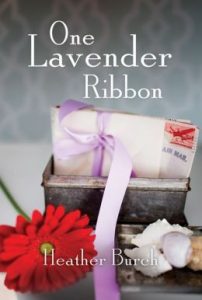 Adrienne leaves an abusive relationship and divorce in Chicago and buys a fixer-upper in Florida, where she starts her new life of independence on the Gulf. A box of eloquently written letters from a WWII soldier in her attic sets Adrienne on a journey to friendship, potential romance, and matchmaking. She exposes decades-old secrets, changing lives and mending relationships while building strong bonds with her new “family.”
Adrienne leaves an abusive relationship and divorce in Chicago and buys a fixer-upper in Florida, where she starts her new life of independence on the Gulf. A box of eloquently written letters from a WWII soldier in her attic sets Adrienne on a journey to friendship, potential romance, and matchmaking. She exposes decades-old secrets, changing lives and mending relationships while building strong bonds with her new “family.”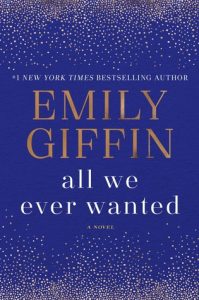 Lyla Volpe doesn’t expect her life to change after her crush takes a drunken, semi-naked photo of her at a party, because she doesn’t want to do anything about it. Tom, her working-class, single father, astonished by her complacency, cannot let it go. The boy’s mother, Nina, is sick over the incident and also cannot let it go, though her wealthy husband attempts to cover it up. The story whips back and forth on who exactly the culprit may be, but eventually the truth comes out, and Nina finally releases her insidious secret in order to save herself, her son, and his victim. The ending wrapped up quickly in a summarized chapter, disappointing readers who expected more about how the boy redeemed himself.
Lyla Volpe doesn’t expect her life to change after her crush takes a drunken, semi-naked photo of her at a party, because she doesn’t want to do anything about it. Tom, her working-class, single father, astonished by her complacency, cannot let it go. The boy’s mother, Nina, is sick over the incident and also cannot let it go, though her wealthy husband attempts to cover it up. The story whips back and forth on who exactly the culprit may be, but eventually the truth comes out, and Nina finally releases her insidious secret in order to save herself, her son, and his victim. The ending wrapped up quickly in a summarized chapter, disappointing readers who expected more about how the boy redeemed himself.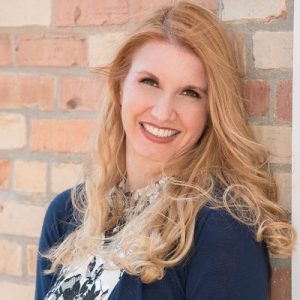
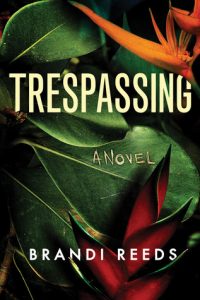
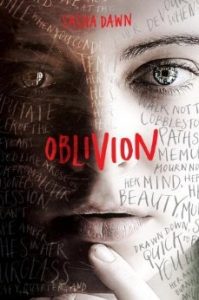 Tell me about your support system: beta readers, publishing team, and any other cheerleaders.
Tell me about your support system: beta readers, publishing team, and any other cheerleaders.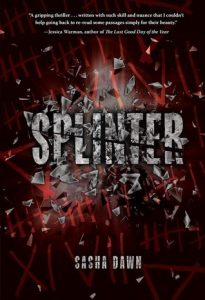 Take me through your publishing process, from final draft to published product.
Take me through your publishing process, from final draft to published product.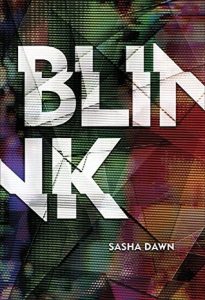
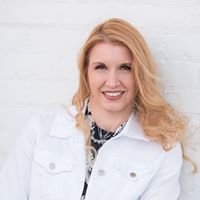
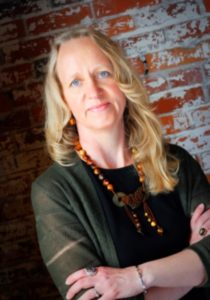 I
I follow
follow 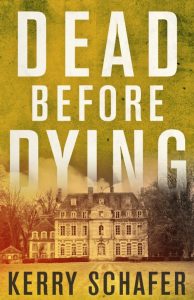
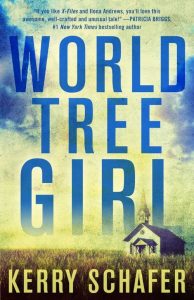
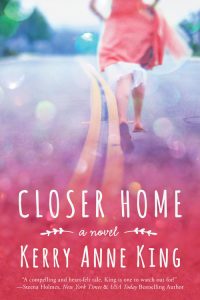
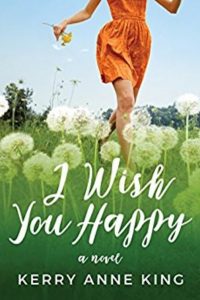 s Kerry Schafer I write fantasy and paranormal thrillers. As Kerry Anne King I write contemporary family dramas (although the book I’m writing now does have a touch of magical realism that makes my fantasy-loving-heart happy). Keeping track is fairly straight forward—Kerry leans to the dark side; Kerry Anne leans toward relationships and emotions.
s Kerry Schafer I write fantasy and paranormal thrillers. As Kerry Anne King I write contemporary family dramas (although the book I’m writing now does have a touch of magical realism that makes my fantasy-loving-heart happy). Keeping track is fairly straight forward—Kerry leans to the dark side; Kerry Anne leans toward relationships and emotions.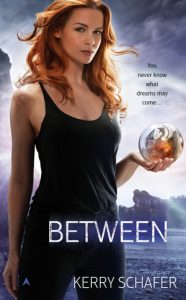
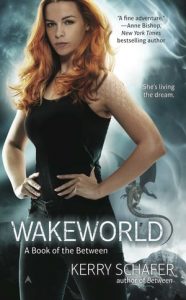



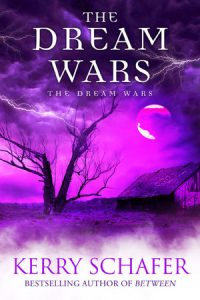
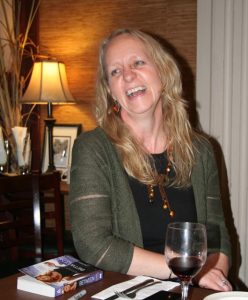
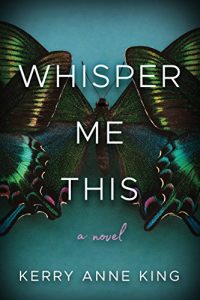 In her childhood, Marley talked Maisey into adventures for which she abandoned Maisey to take the blame. Maisey’s mother told her that Marley wasn’t real, even though she was as real as her mother to Maisey. In her third decade, raising her daughter Elle by herself, Maisey continues to be scatterbrained and unfocused, and has never been normal according to Elle, who wants her to stay that way. Elle is 12 when Maisey receives a phone call that her mother is dying, circumstantial evidence pointing to her father, a man she has always known as a gentle buffer between her mother and herself, as the cause. She must go home and untangle the ugly mess, uncovering a mystery in the process. This sets her off on an adventure to uncover her mother’s secret, revealing much about herself and their relationship in the process. The love interest has his own secrets, and Maisey is the catalyst for his family recognizing his trauma and helping him to move past it. As the EMT / firefighter responding to her family’s emergencies, he is woven into her story as an eventuality.
In her childhood, Marley talked Maisey into adventures for which she abandoned Maisey to take the blame. Maisey’s mother told her that Marley wasn’t real, even though she was as real as her mother to Maisey. In her third decade, raising her daughter Elle by herself, Maisey continues to be scatterbrained and unfocused, and has never been normal according to Elle, who wants her to stay that way. Elle is 12 when Maisey receives a phone call that her mother is dying, circumstantial evidence pointing to her father, a man she has always known as a gentle buffer between her mother and herself, as the cause. She must go home and untangle the ugly mess, uncovering a mystery in the process. This sets her off on an adventure to uncover her mother’s secret, revealing much about herself and their relationship in the process. The love interest has his own secrets, and Maisey is the catalyst for his family recognizing his trauma and helping him to move past it. As the EMT / firefighter responding to her family’s emergencies, he is woven into her story as an eventuality.